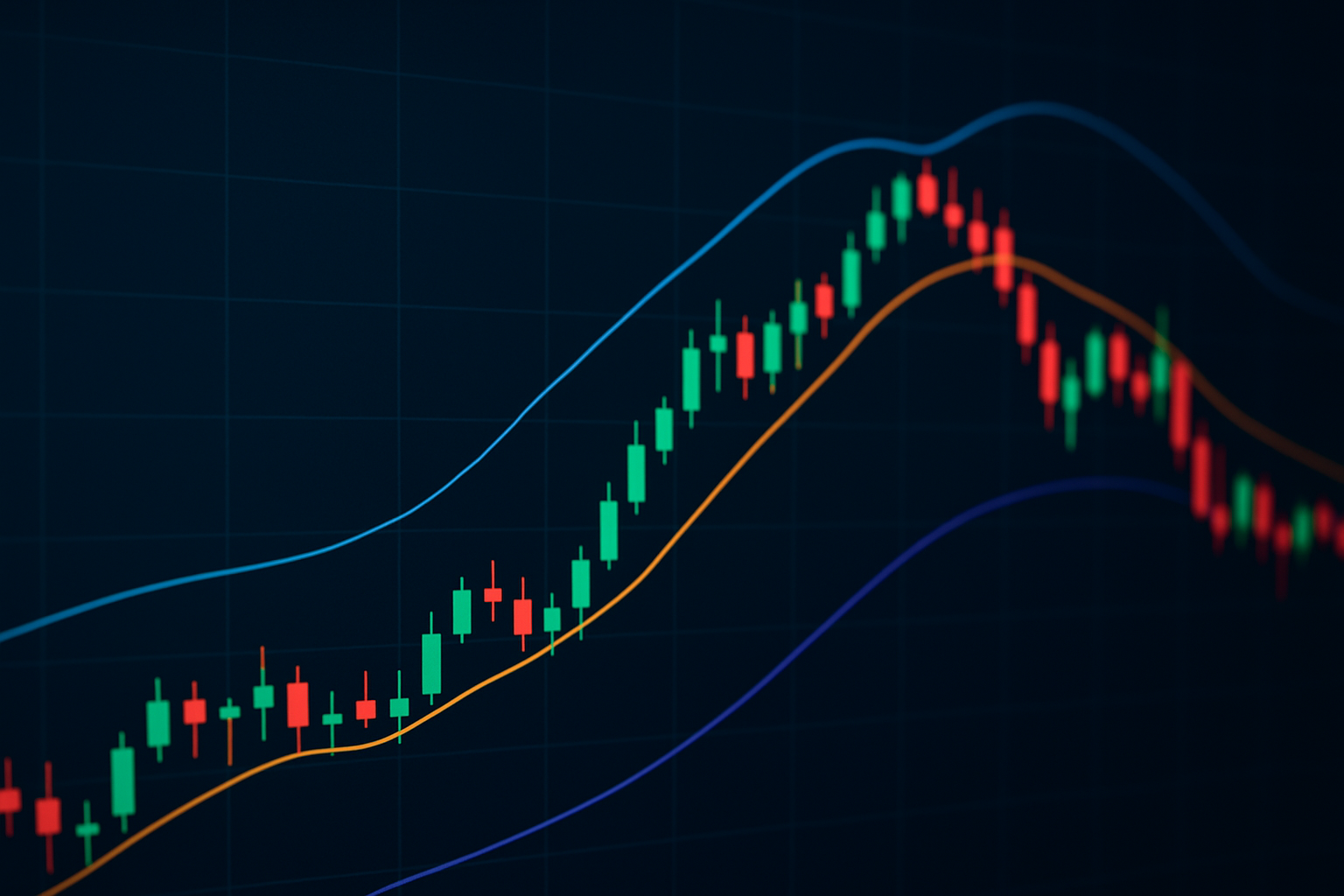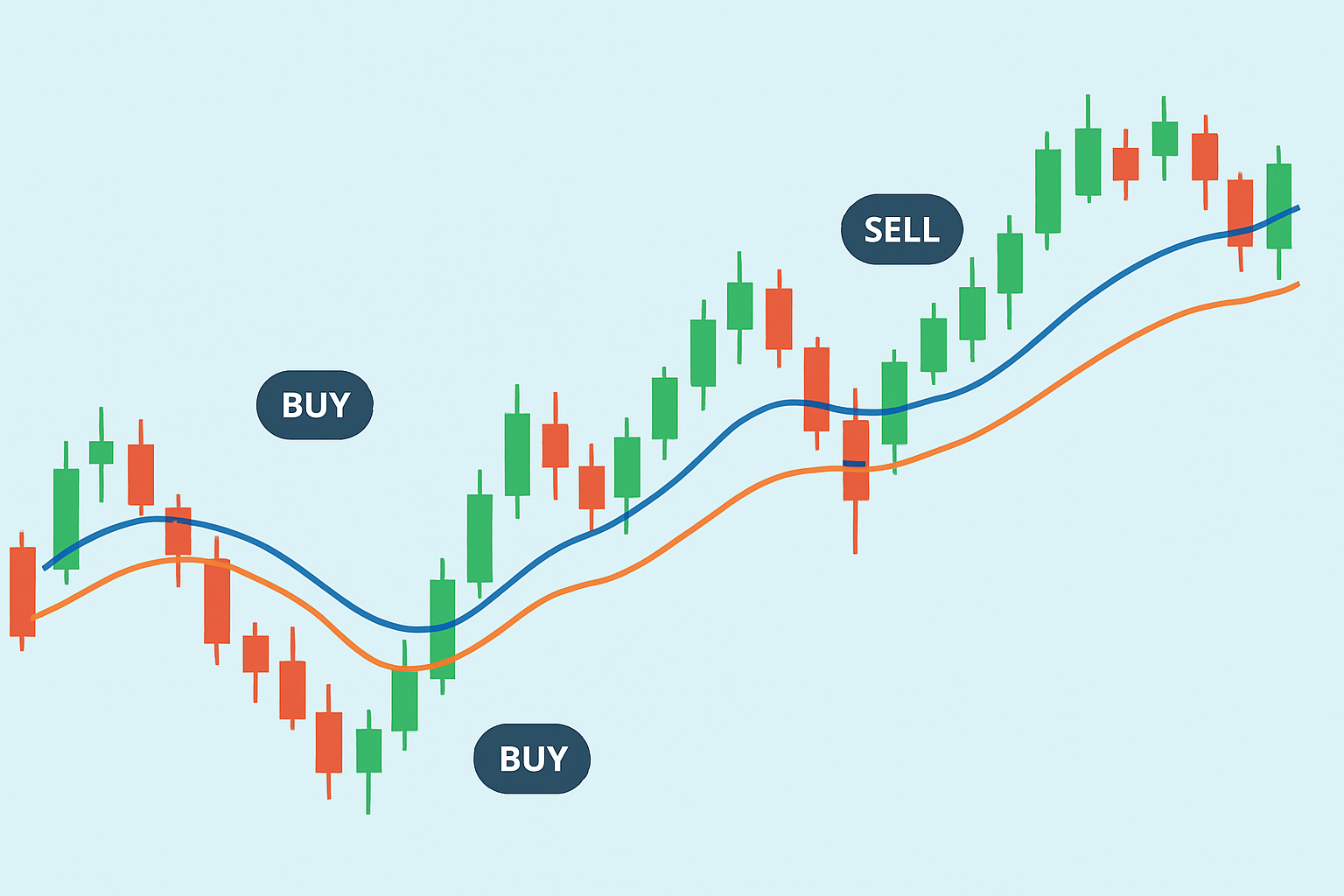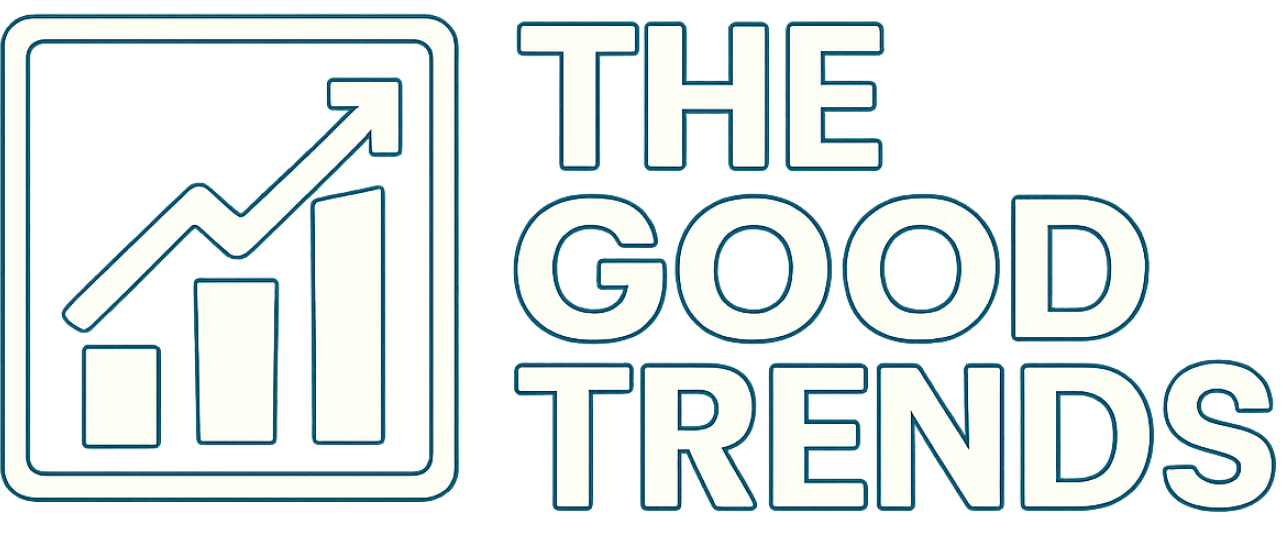What the DEM Indicator Is and How to Use It

In the often tangled world of trading having reliable indicators in your toolkit can be a real lifesaver for analysts and traders aiming to make smarter moves. Among the sea of tools out there the DEM indicator quietly holds its ground as a lesser-known yet surprisingly handy technical analysis tool. It offers valuable insights into market momentum and the strength of trends, giving traders a fresh angle to consider alongside crowd favorites like RSI or MACD.
What Does the DEM Indicator Really Tell Us?
The DEM indicator, short for Double Exponential Moving Average indicator, is a nifty technical tool designed to smooth out price data while trimming down lag and doing a better job than your average moving averages. Built with technical analysis in mind, it helps traders catch trends and potential reversals faster while keeping things reliable.
Unlike the more familiar Relative Strength Index (RSI) or the Moving Average Convergence Divergence (MACD), the DEM indicator takes a slightly different approach—it's mainly designed to smooth out price movements with less lag. Rather than bouncing around within rigid ranges or zeroing in on divergence, it’s a bit quicker on the uptake when prices start to move.
How the DEM Indicator Really Gets the Job Done
The DEM indicator works by applying an exponential moving average twice which helps reduce the usual lag that occurs with a single EMA. It starts by calculating an EMA of the price then runs another EMA on that output. This results in a smoother and more responsive signal that better captures price trends.
- It all kicks off with price data, typically the closing prices since that’s where the rubber meets the road.
- Next, you calculate the first exponential moving average over whatever period you’ve chosen—there’s some wiggle room here depending on your style.
- Then you take a second exponential moving average and apply it to that initial EMA like giving it a second coat of paint.
- When you blend these two EMAs you get the DEM value at each point which shapes the indicator line—pretty neat how it all comes together.
Imagine trying to clean up a noisy radio signal by running it through a filter twice to get that crisp clear sound you want to hear. The DEM indicator plays the same game by processing price data two times to cut through the market chatter and deliver a smoother clearer trend signal.
What Insights Can You Snag from the DEM Indicator?
The DEM indicator helps unveil the strength and direction of market trends by smoothing out pesky price swings. It stays more on the ball than your average moving average when catching shifts. I’ve found it useful for spotting early trend reversals and confirming when trends are still holding strong. It also picks up on changes in momentum.
- Helps pinpoint the best entry points by flagging moments when momentum begins to shift, kind of like catching the tide just right.
- Aids in spotting potential market reversals before they really get underway, giving you that slight edge everyone’s chasing.
- Confirms that current trends are holding steady, boosting traders’ confidence to stick with their positions a little longer.
How to Work with the DEM Indicator in Trading A Handy Guide
Include the DEM indicator in your trading strategy by picking a timeframe that matches your trading rhythm. Adjust the indicator periods to fit your personal style and pair DEM signals with other indicators to double-check your moves.
Choose the timeframe that really suits your trading style. Daily charts work great for swing trading, and intraday setups are perfect if you are into scalping.
Pair DEM signals with volume indicators or trusty trend tools like MACD or RSI to strengthen your confirmation. Think of it as getting a second opinion before making a move.
Lay down clear entry and exit rules based on DEM crossovers or when the trend shifts. Having a game plan helps keep emotions in check.
Always take a step back and consider DEM signals in the bigger picture of the market because this little habit can save you from chasing false alarms and costly mistakes.
One common pitfall I have noticed is putting all your eggs in the DEM indicator basket without taking a peek at other signals or the overall market vibe, which often leads to jumping into trades a bit too soon. Messing around with the indicator settings too much to chase the latest trends tends to dilute its reliability. The good news is you can steer clear of these hiccups by sticking to a disciplined approach and mixing in a variety of analysis tools.

Chart example showing the DEM indicator applied on a price graph with annotations highlighting crucial buy and sell signals for trading.
Best Practices and Tips to Really Get the Most Out of the DEM Indicator
- It is always a good idea to double-check DEM signals with volume indicators or other trend-following tools to help weed out false alarms.
- Don’t put all your eggs in the DEM basket because it really shines as part of a broader technical analysis toolkit.
- Play around with your DEM settings by testing them against historical data to figure out what works for your trading style.
- Adjust the DEM timeframe to fit your game plan whether you are day trading, swinging for a few days or holding on for the long haul.
The DEM indicator really shines in trending markets where the price marches steadily in one direction over time. In those cases it nails the momentum and delivers signals on time. But in sideways or choppy markets it tends to throw out more false alarms or lag when the price action gets wishy-washy, like many oscillators.
Common Misunderstandings About the DEM Indicator That Often Trip People Up
People often fall into the trap of thinking the DEM indicator is a magic wand that always delivers profits or perfectly calls market highs and lows. On top of that it’s not uncommon for people to confuse DEM with other indicators or concepts because the acronyms are alike. This leads to some head-scratching misuse.
- The DEM indicator isn’t a crystal ball for buy or sell signals. It mainly highlights how strong a trend is.
- It won’t give you exact market tops or bottoms easily. That’s why it’s best to use it alongside other tools for timing.
- Its usefulness can vary depending on market conditions and it often struggles in choppy or highly volatile markets.
A Few More Nuggets to Help You Get Cozy with the DEM Indicator
If you’re looking to really wrap your head around the DEM indicator and how it’s put to work, diving into specialized trading books that focus on advanced moving averages can be a real game-changer. I’ve also found that online tutorials breaking down exponential smoothing techniques often come in handy, especially when you want to get your feet wet without drowning in jargon. Plus, don’t overlook the active communities on platforms like TradingView and TrendSpider because these crowds often share nuggets of wisdom and clever strategies that can spark some 'aha' moments.
Useful Links
Elevate Your Trading Game with TradingView
Are you tired of juggling multiple tools for your trading needs? TradingView is the all-in-one platform that streamlines your analysis and decision-making.
With its powerful charting capabilities, real-time data, and vibrant community, TradingView empowers traders like you to stay ahead of the market. Join thousands who trust TradingView for their trading success.
Unlock Trading Excellence with TrendSpider
As a dedicated trader, you know the power of technical analysis in navigating the financial markets. TrendSpider is the cutting-edge tool you need to take your trading strategies to new heights. With its advanced charting capabilities and automated pattern recognition, TrendSpider empowers you to make informed decisions faster.
- Visualize trends with stunning clarity
- Identify trading opportunities with precision
- Automate technical analysis for efficiency
- Customize indicators to fit your strategies
Emily Leroux
14 posts written
Born in a family of traders, Emily Leroux combines inherited wisdom with modern approaches, seamlessly bridging the gap between traditional and innovative trading methodologies.
Read Articles




